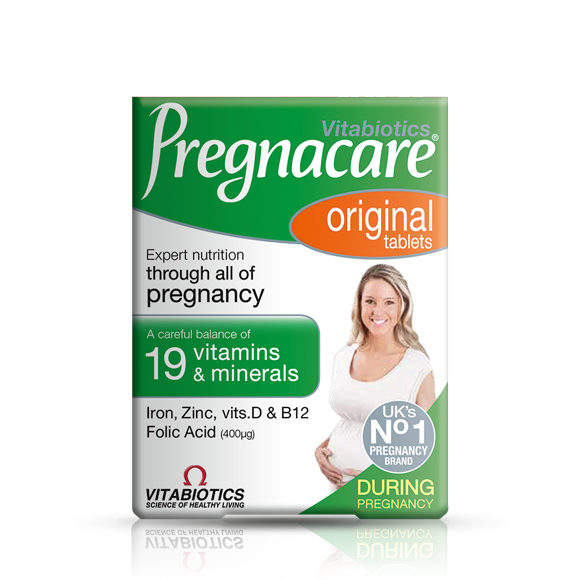Here's What To Expect From A Home Birth
If you’re thinking about giving birth at home, read our post on what to expect from a home birth
There are three main options when it comes to thinking about where you can give birth. These are:
- In a hospital
- In a unit run by midwives (referred to as a birth centre or midwifery unit)
- At home.
The options about where you can have your baby will depend on the type of pregnancy you are having, your needs and any risks, and potentially the facilities available where you live.
Make sure you speak to your midwife or doctor if you have any questions, concerns or worries.
What Is A Home Birth?
A home birth is where you chose to have your baby at your home, and not in a hospital or a birth centre.
During labour and delivery, two midwives will be present at your home to monitor the wellbeing of you and your baby and help with the delivery of your baby.
Home births may not be suitable for some women for many reasons. Your doctor or midwife may recommend you give birth in hospital – for example, if you have a high risk pregnancy, are expecting multiple babies or the baby is in the breech position. You may also feel more comfortable giving birth in a hospital or birth centre.
What Can I Expect From A Home Birth?
In terms of antenatal care you receive when you are planning on giving birth at home, you will be looked after by midwifes throughout your pregnancy - the same as if you were planning a hospital birth.
If you are interested in having a home birth, you will need to confirm this with your local midwife team. In the third trimester, at around 36 weeks, you will discuss the practicalities of giving birth at home. You will be given a birth kit for home birth, this includes birthing equipment and home birth supplies, which you will need to keep at home.
Once you are in labour, you will need to phone your local midwife team to alert them. Two midwifes from your local team will come to your house for the labour and birth. The midwives will bring any additional equipment needed, including disposable pads.
Once you’ve given birth at home, the midwives will carry out checks on you and your baby. They will also dispose of all waste including the placenta.
What Should I Know About A Home Birth?
You will be giving birth in familiar and comfortable surroundings. This may mean you feel more relaxed throughout.
If you have older children, they can stay at home – if you want – but you don’t need to leave them.
You won’t have to leave your partner after birth and can sleep in your own bed that evening.
You may need to transfer to a hospital if there are complications during labour and once you’ve given birth. This is something to consider depending on close your nearest hospital is to your home and how easily you will be able to get there.
In terms of pain relief, you won’t be able to have certain options such as an epidural. You can use gas and air, a home birthing pool, TENS and/ or any additional relaxation techniques.
There’s a higher chance of you being looked after by familiar midwifes you have got to know during your pregnancy.
What Do I Need For A Home Birth?
Some women choose to have a birthing pool for a home birth. This is something you will need to arrange and set up yourself at home. You’ll also need to have towels and blankets to hand.
If you are considering giving birth on your own bed, it can help to prepare this with a thick plastic waterproof sheet underneath, which you can remove once you have given birth. Wherever in your house you are planning to give birth, it can help to have plastic sheets or absorbent pads to hand.
Anything that you may need during labour, including your own TENS machine, if you are planning on using one, and your own birthing ball. Plus, whatever you want to wear in labour, food and drink for you and your birth partner.
You will need your maternity notes to hand.
You will also need access to a kettle for tea for the midwives!
For a home birth it will also help to prepare anything you need for after the delivery, including maternity pads, a blanket to wrap the baby in, plus clothes, a hat and a nappy for them.







Comments (0)